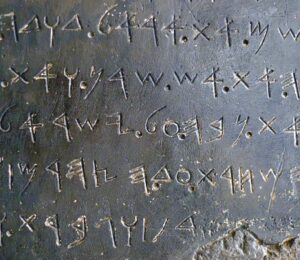Jerusalem Governors’ Seals
Another amazing archaeological discovery has been made in Israel with the discovery of ancient Jerusalem Governors’ seals. These seals are tremendously important because they help to confirm the historicity of the Bible. There have been many similar discoveries made in recent years, everything from seals belonging to Isaiah, jailors of Jeremiah, the Pontius Pilate ring, and a clay impression made for Jezebel. The newest addition to this list was found in excavations in the Western Wall area of Jerusalem. It is amazing that such discoveries are still being made in such a highly trafficked area but has apparently been overlooked… Read More »








